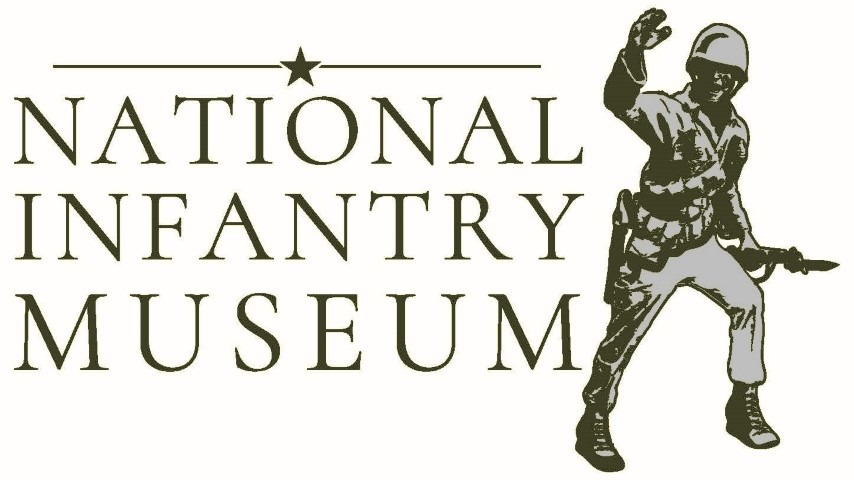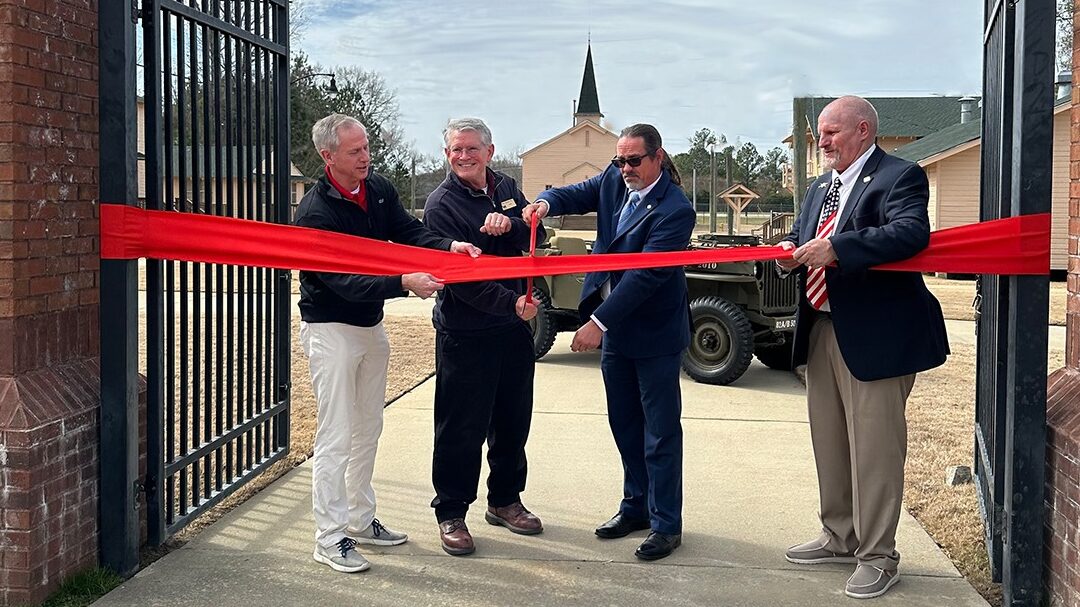After several months of renovations and preservation work, the National Infantry Museum officially reopened World War II Street in February with a ribbon cutting celebration. Museum Foundation President Brigadier General (Retired) Pete Jones is pictured with Director of Fort Moore DPW, Kirk Ticknor, Museum Director Scott Daubert, and Roy Goodman, an Army Staff Volunteer. Preservation of the almost century old buildings remains deeply important as they are entrenched in the history of Fort Benning (now Fort Moore).
The temporary buildings were designed in the run up to the second World War with speed of construction and conservation of materials in mind. These buildings are referred to as the 700 Series and were meant to last 5 to 20 years. They remained in use past that but as the cost of maintaining the structures increased, the practicality of keeping them decreased. An army mandate in the 1990s stated that the World War II structures be demolished.
In light of their pending demolition, the National Infantry Museum Foundation asked to save some buildings for posterity. Seven buildings, including a chapel from Harmony Church and Patton’s Sleeping Quarters, were moved to the National Infantry Museum campus on what is now World War II Company Street in 2005.
Tours are available on the weekends by signing up at the information desk at the entrance to the museum. The Chapel is available for weddings and private events and various activities take place throughout the year for historians of all ages. See more by clicking the link https://nationalinfantrymuseum.org/project/wwii-street/








